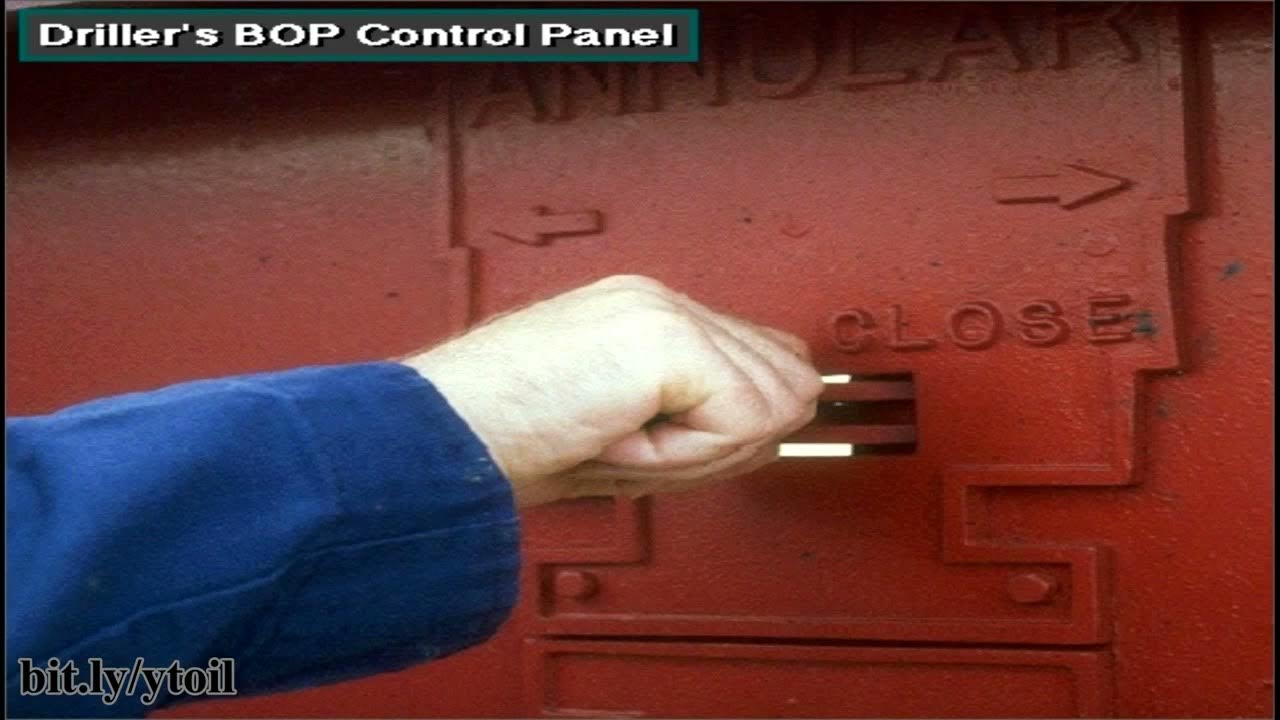Pemboran Minyak dan Gas Bumi
Summary
TLDRThis video script covers the essential aspects of drilling operations, focusing on the management of drilling fluids, the prevention of blowouts, and the risks associated with various formation pressures. It explains how issues like fluid loss and gain can impact drilling, detailing how gas influxes and swelling clay can obstruct operations. The script emphasizes the importance of blowout preventers (BOPs), proper circulation, and the analysis of well data to ensure safety and maintain control during drilling. The overall message highlights the need for careful management and monitoring to prevent dangerous incidents during drilling.
Takeaways
- 😀 Drilling fluid loss occurs when the fluid enters the formation due to lower formation pressure, potentially causing issues with the drilling process.
- 😀 Drilling fluid gain happens when gases, especially from surrounding formations, enter the fluid system, potentially increasing the volume of fluid coming back to the surface.
- 😀 Blowout refers to an uncontrolled release of gases and fluids from the well, which can cause catastrophic explosions and surface damage.
- 😀 Blowouts are caused by high formation pressure that exceeds the control of the drilling fluid system, and they must be prevented with blowout preventers (BOP).
- 😀 Swelling clay formations can pose a risk during drilling, as they expand when in contact with water, which could cause the drill pipe to become stuck or collapse the wellbore.
- 😀 The use of a blowout preventer (BOP) is essential in controlling the well and preventing blowouts by sealing the well during pressure anomalies.
- 😀 Proper circulation of drilling fluids helps to control well pressure and prevent fluid losses or gains that could lead to blowouts or formation damage.
- 😀 Pressure monitoring is key during drilling operations to avoid scenarios where fluid loss or gas influx could destabilize the drilling process.
- 😀 Well control involves continuously analyzing well data, such as core samples and cuttings, to make informed decisions and manage pressure effectively.
- 😀 To prevent blowouts, heavier drilling fluids are injected, which helps to counteract formation pressure and stabilize the well.
- 😀 Managing fluid losses and gains, monitoring pressure, and using well control techniques are all crucial to maintaining a safe and efficient drilling operation.
Q & A
What are 'gain' and 'loss' in drilling operations?
-In drilling operations, 'gain' refers to the inflow of fluids or gases from the surrounding formations into the well, whereas 'loss' refers to the outflow of drilling fluid into the formation due to lower formation pressure.
What can cause a blowout during drilling?
-A blowout occurs when there is an uncontrolled release of fluids, usually gas or oil, from the well due to excessive pressure buildup, often caused by improper pressure control or equipment failure.
What is a Blowout Preventer (BOP) and how does it work?
-A Blowout Preventer (BOP) is a safety device used to control pressure in the wellbore and prevent blowouts by sealing the well when necessary. It is crucial for managing unexpected pressure surges during drilling operations.
How does the 'loss and gain' phenomenon affect drilling operations?
-The 'loss and gain' phenomenon can complicate drilling operations by causing an imbalance in the circulation of drilling fluids. Losses reduce the fluid volume returning to the surface, while gains increase the volume, potentially leading to safety hazards like blowouts.
What is swelling clay, and how does it affect drilling?
-Swelling clay is a type of formation that expands when it absorbs water. This can cause blockages in the drill pipe, making it difficult to maintain proper circulation and increasing the risk of well control problems.
What is the role of drilling mud or fluid in wellbore operations?
-Drilling mud or fluid plays a critical role in maintaining pressure control within the wellbore, cooling the drill bit, and transporting cuttings to the surface. It also helps to prevent wellbore collapse and manage the risks associated with fluid loss or gain.
What happens during a 'blowout' and what are its consequences?
-During a blowout, uncontrolled pressure causes the well to expel fluids, including gas or oil, at high force. This can lead to catastrophic explosions and damage to the surrounding environment, requiring immediate intervention to prevent further harm.
What steps are taken to prevent a blowout in drilling operations?
-To prevent a blowout, operators use safety equipment like Blowout Preventers (BOPs) to control pressure. They also inject heavier drilling fluids to maintain pressure and avoid fluid loss or gas influx from the formation.
How does formation pressure impact drilling operations?
-Formation pressure is a critical factor in drilling. If the formation pressure is too high, it can lead to blowouts. If it is too low, it can cause fluid loss into the formation or make it harder to control the wellbore.
What is the importance of wellbore cleaning and circulation?
-Wellbore cleaning and circulation are important for removing cuttings and debris from the well, maintaining pressure control, and preventing blockages. Proper circulation helps stabilize the wellbore and ensures safe and efficient drilling.
Outlines

Cette section est réservée aux utilisateurs payants. Améliorez votre compte pour accéder à cette section.
Améliorer maintenantMindmap

Cette section est réservée aux utilisateurs payants. Améliorez votre compte pour accéder à cette section.
Améliorer maintenantKeywords

Cette section est réservée aux utilisateurs payants. Améliorez votre compte pour accéder à cette section.
Améliorer maintenantHighlights

Cette section est réservée aux utilisateurs payants. Améliorez votre compte pour accéder à cette section.
Améliorer maintenantTranscripts

Cette section est réservée aux utilisateurs payants. Améliorez votre compte pour accéder à cette section.
Améliorer maintenantVoir Plus de Vidéos Connexes
5.0 / 5 (0 votes)






